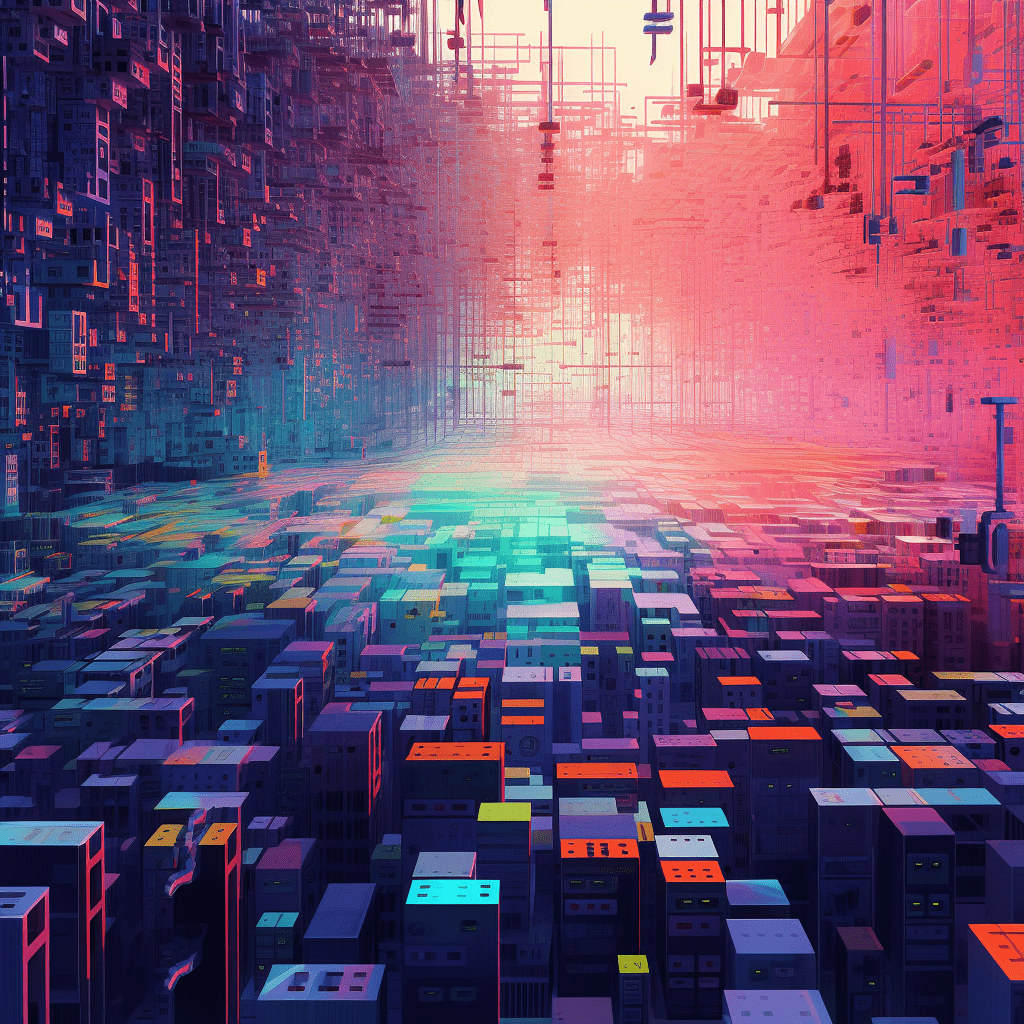As non-fungible tokens (NFTs) continue to captivate the attention of artists and collectors around the globe, the demand for user-friendly methods to create, mint, and manage NFT collections has grown rapidly. No-code NFT collection generators have emerged as a game-changing solution, enabling individuals with limited or no programming skills to participate in the thriving NFT market. In this article, we will demystify the process of generating NFT collections using no-code tools, explaining the benefits, popular platforms, and a step-by-step guide to creating your first NFT collection without writing a single line of code.

The Benefits of Using No-Code NFT Collection Generators
No-code NFT collection generators offer numerous advantages that make them an attractive option:
- Accessibility: By eliminating the need for programming knowledge, these platforms foster inclusivity and enable a broader range of people to create and manage NFT collections.
- Efficiency: The traditional methods for generating NFTs often require hiring developers, which can become expensive and time-consuming. No-code tools streamline the entire process, allowing creators to focus on their artwork while saving valuable time and resources.
- Customization: Many no-code platforms provide users with a variety of templates and customizable features, enabling creators to design unique, visually appealing NFTs that genuinely capture their artistic vision.
Popular No-Code NFT Collection Generators

Several no-code NFT collection generators have emerged to cater to the needs of artists and collectors. Some of the most popular platforms include:
- Mintbase: With an easy-to-use, intuitive interface, Mintbase simplifies the creation and management of ERC-721 and ERC-1155 tokens on the Ethereum network. It also offers seamless integration with popular wallet services like MetaMask and WalletConnect.
- OpenSea Creator: OpenSea is best known as a bustling marketplace for NFTs. However, the platform also has a built-in NFT generator called OpenSea Creator. This simplified tool allows users to mint NFTs directly on the platform and enjoy the seamless integration with the OpenSea marketplace.
- Cargo: Cargo is an Ethereum-based platform designed to streamline the creation, minting, and management of ERC-721 and ERC-1155 NFTs. It provides advanced features, such as mass minting and batch transfers, for creators looking to build larger or more complex NFT collections.
Step-by-Step Guide to Generating Your NFT Collection Using No-Code Tools
Creating NFT collections using no-code tools is a relatively straightforward process. Below, we outline the necessary steps:
- Research and choose a no-code generator: Find the no-code NFT collection generator that best suits your needs by considering factors like available features, ease of use, and compatibility with your preferred blockchain network.
- Prepare your digital assets: Gather and organize the digital artwork or collectibles you wish to tokenize. Make sure they are high quality and accurately represent your vision.
- Customize and configure your NFTs: Use the no-code generator’s interface to upload your digital assets and configure necessary metadata such as title, creator, and unique attributes associated with each NFT.
- Set up smart contracts: Utilize built-in smart contract functionality to simplify the configuration process, ensuring accurate pricing, royalties, and distribution methods are in place.
- Mint your NFT collection: After everything is set up to your liking, mint your NFTs using the no-code tool. With your NFTs created, they can now be listed for sale or traded in the NFT market.
Promoting and Expanding Your NFT Collection
Once your NFT collection has been created using a no-code generator, it’s essential to promote and market your work to attract potential buyers and art enthusiasts. Harnessing the power of social media, partnering with other artists, and participating in NFT communities can significantly boost the visibility of your NFT collection.
Furthermore, consider versatile and innovative strategies such as collaborating with other creators, exploring new artistic approaches, and venturing into different NFT categories. By doing so, you’ll create a diverse and robust NFT portfolio that caters to various collectors and enthusiasts in the market.
In Conclusion

As you continue building and promoting your NFT collections, monitor the performance and trends in the NFT market to ensure that you keep adapting and refining your strategy. With the right approach and ongoing monitoring, you can enjoy sustained success in the dynamic world of digital art and collectibles.
In conclusion, no-code NFT collection generators have transformed the process of creating, minting, and managing NFTs, making it more accessible and efficient for artists and collectors of all skill levels. As these platforms continue to gain popularity, they will play an increasingly pivotal role in shaping the future of the NFT ecosystem, empowering users to fully capitalize on the opportunities within this booming market.
